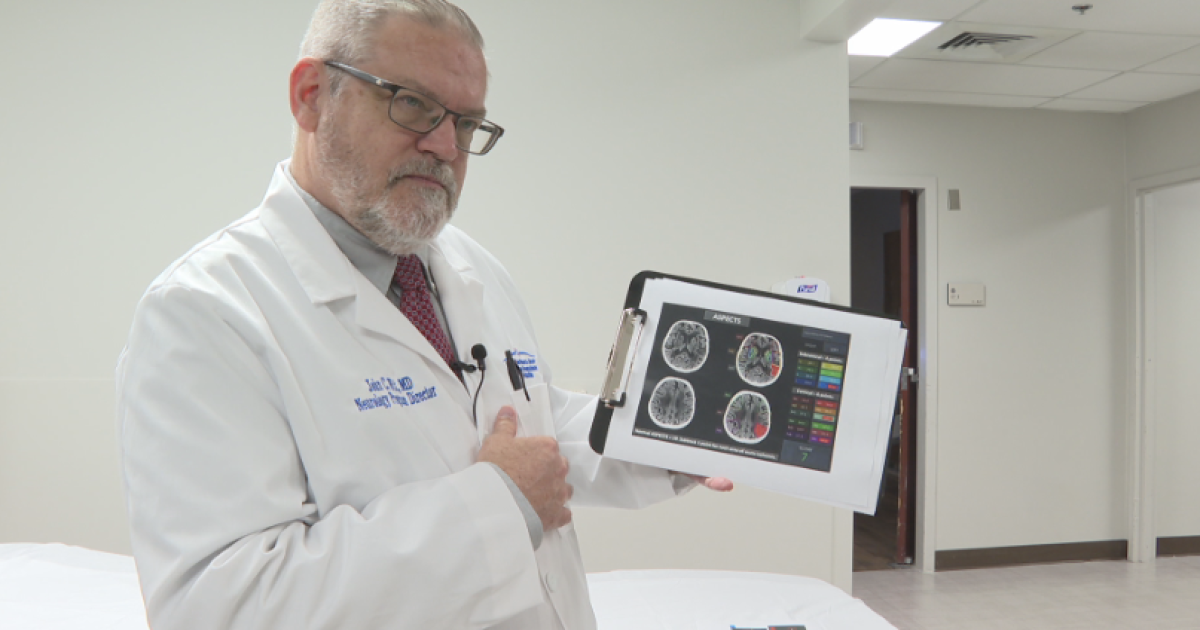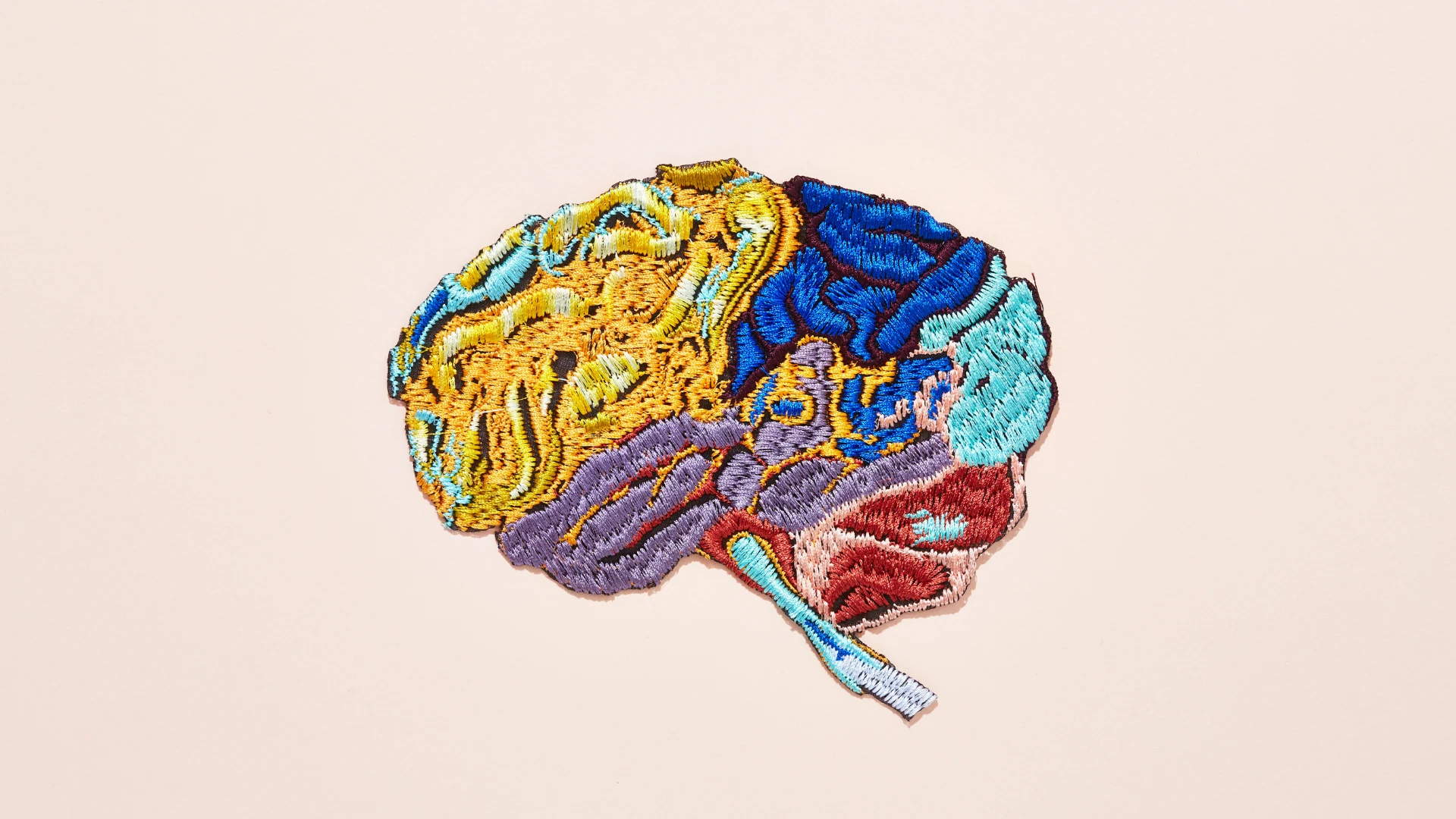Protecting Healthcare Heroes: How Advanced Technology is Revolutionizing Workplace Violence Prevention

Healthcare professionals face an increasingly challenging reality: workplace violence. While traditional safety measures like panic buttons, de-escalation training, and security personnel remain crucial, they're often insufficient to address the escalating threat. Fortunately, a new wave of advanced technologies is emerging, offering unprecedented opportunities to enhance security operations and safeguard the well-being of both staff and patients.
The Growing Problem of Workplace Violence in Healthcare
The statistics are alarming. Studies consistently show a significant rise in workplace violence incidents within healthcare settings. Nurses, doctors, and support staff are disproportionately affected, experiencing verbal abuse, threats, and even physical assaults. This violence not only impacts the emotional and physical health of healthcare workers but also contributes to burnout, decreased job satisfaction, and ultimately, a shortage of qualified personnel. The ripple effect extends to patient care, as stressed and fearful staff may struggle to provide optimal treatment.
Beyond Traditional Security: The Power of Advanced Technology
Traditional security measures provide a baseline level of protection, but they often react to incidents after they've begun. Advanced technologies, however, offer proactive and responsive solutions. Here's how:
- AI-Powered Video Analytics: Smart security cameras equipped with artificial intelligence can detect suspicious behavior – aggressive gestures, unusual movements, or individuals loitering in restricted areas – before an incident occurs. These systems can automatically alert security personnel, providing valuable time to intervene.
- Real-Time Location Services (RTLS): RTLS technology allows for the precise tracking of staff and patients within a facility. This enables rapid response in emergencies, ensuring that help reaches those in need quickly. It can also be used to identify high-risk areas and optimize security personnel deployment.
- Enhanced Panic Button Systems: Modern panic button systems go beyond simple alerts. They can transmit the user’s location, biometric data (if enabled), and even video footage to security personnel, providing a more complete picture of the situation. Integration with RTLS further enhances response accuracy.
- Predictive Analytics: By analyzing historical data, predictive analytics can identify patterns and potential risk factors, allowing healthcare facilities to proactively address vulnerabilities and implement targeted preventative measures.
- Smart Building Integration: Integrating security systems with building management systems allows for automated responses, such as locking down specific areas or adjusting lighting to deter potential threats.
Benefits of a Tech-Forward Approach
Investing in advanced security technology offers numerous benefits:
- Improved Staff Safety: A safer work environment leads to increased job satisfaction and reduced burnout.
- Enhanced Patient Safety: A secure environment allows healthcare professionals to focus on providing quality care.
- Faster Response Times: Technology-driven alerts and tracking capabilities enable quicker and more efficient responses to incidents.
- Reduced Liability: Proactive security measures demonstrate a commitment to safety, potentially mitigating legal risks.
- Data-Driven Insights: Security data can be analyzed to identify trends and optimize security protocols continuously.
The Future of Healthcare Security
As the threat of workplace violence continues to evolve, healthcare facilities must embrace innovation to protect their most valuable assets – their people. Advanced technology is no longer a luxury; it's a necessity. By leveraging the power of AI, RTLS, and other cutting-edge solutions, healthcare organizations can create safer, more secure environments for everyone.






